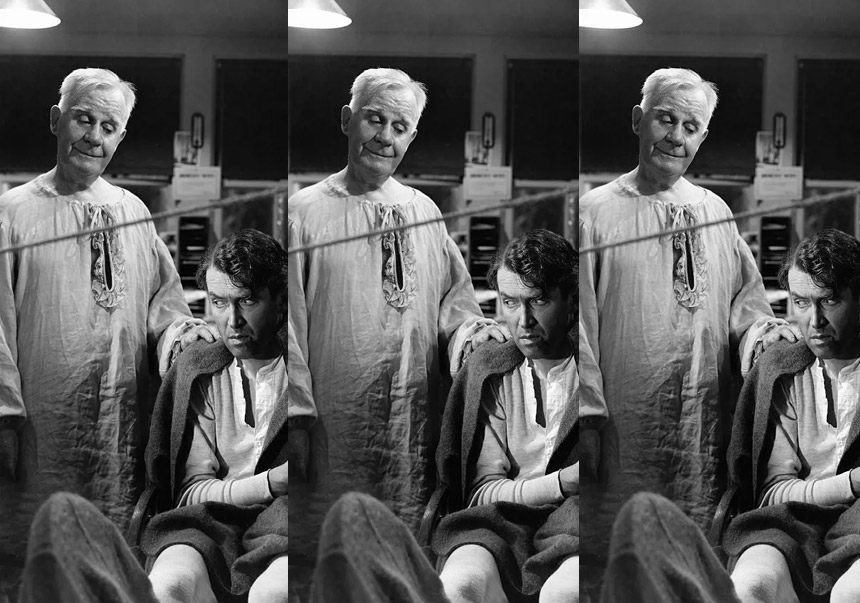Medical Debt Is Being Erased in Ohio and Illinois. Is Your Town Next?
Cook County, Ill., and Toledo, Ohio, are turning to the American Rescue Plan to wipe out residents’ medical debt. Experts caution it is a short-term solution.
Editors note: A glimpse of the power of awareness. Once people learn of solutions, they next educate themselves (can you actually abolish medical debt?) and then put those remedies to work. The Veteran Mission Possible campaign, itself an outgrowth of the RIP Medical Debt charity co-founded by Jerry Ashton, will incorporate medical debt relief specifically dedicated to veterans in 2023. Stay tuned.)
In the next few weeks, tens of thousands of people in Cook County, Ill., will open their mailboxes to find a letter from the county government explaining that their medical debt has been paid off.
Officials in New Orleans and Toledo, Ohio, are finalizing contracts so that tens of thousands of residents can receive a similar letter in the coming year. In Pittsburgh on Dec. 19, the City Council approved a budget that would include $1 million for medical debt relief.
More local governments are likely to follow as county executives and city councils embrace a new strategy to address the high cost of health care. They are partnering with RIP Medical Debt, a nonprofit that aims to abolish medical debt by buying it from hospitals, health systems and collections agencies at a steep discount.
“What we need in this country is universal health care, clearly,” Toni Preckwinkle, the president of the Board of Commissioners in Cook County, said. “But we’re not there as a nation yet, and so those of us who are responsible for local units of government have to do everything we can to make health care available, accessible to people.”
About 18 percent of Americans have medical debt that has been turned over to a third party for collection, according to a report published in July 2021 in the medical journal JAMA. That figure does not account for medical debt that is carried on credit cards or all medical bills owed to providers. Research shows that people with medical debt are less likely to seek needed care and that medical debt can damage people’s credit and make it more difficult for them to secure employment.
Cook County plans to spend $12 million on medical debt relief and expects to erase debt for the first batch of beneficiaries by early January. In Lucas County, Ohio, and its largest city, Toledo, up to $240 million in medical debt could be paid off at a cost of $1.6 million. New Orleans is looking to spend $1.3 million to clear $130 million in medical debt. The $1 million in Pittsburgh’s budget could wipe out $115 million in debt, officials said.

These initiatives are all being funded by President Biden’s trillion-dollar American Rescue Plan, which infused local governments with cash to spend on infrastructure, public services and economic relief programs. Health policy experts say that while medical debt relief provides an immediate benefit to people, it does not address the root causes of medical debt, which is almost nonexistent outside the United States.
To be eligible for debt relief through RIP Medical Debt, people must have a household income up to 400 percent of the federal poverty level, or about $111,000 for a family of four, or have medical debts that exceed 5 percent of their annual income. People cannot apply to be considered for debt relief, and they do not pay taxes on the purchase of their debt. RIP Medical Debt analyzes debt portfolios to determine who qualifies.
Wendy Pestrue, the chief executive of the United Way of Greater Toledo, said debt relief could remove a source of economic stress for the 43 percent of families who either were living in poverty or were unable to afford housing, child care, food, transportation or health care in Toledo, which has a population of nearly 269,000.
“It puts some of this economic strength back in the hands of those who are having debt exonerated and really helps them plan for their stability,” she said.
Michele Grim, who joined Toledo’s City Council in January 2022, pushed for some of the city’s $180 million in American Rescue Plan funds to be used for medical debt relief after she read about the Cook County initiative.

“Here’s something so simple that local governments can do, maybe even state governments can do, to really help ease that burden on people, because we really need an overhaul in our system, and that’s going to take years,” said Ms. Grim, who is leaving the council at the end of the year because she was elected in November to be a Democratic state representative.
Toledo’s City Council voted 7-5 on Nov. 9 to provide $800,000 to pay off the debts. Its contribution was matched by Lucas County, resulting in $1.6 million for medical debt relief. The city, the county and RIP Medical Debt are now working out a contract.
One council member who opposed the plan was George Sarantou, who said that he voted against it because his top funding priority was public safety, including upgrading city fire stations and police vehicles. While Mr. Sarantou said he was not opposed to medical debt relief, he was concerned about state funding for cities and villages, which is expected to be 1.66 percent of Ohio’s 2022-23 budget. “Ohio has the money,” he said. “Toledo does not.”
Medical debt relief appears to be popular. A poll by Tulchin Research found that 71 percent of respondents supported it. Fifty percent supported relieving student loan debt, 65 percent supported “Medicare for all” and 68 percent supported expanding Medicaid. The national poll of 1,500 people was conducted online from Nov. 14 to 20, after the Toledo vote, and had a margin of sampling error of plus or minus three percentage points. (Ms. Grim’s husband works for the polling company.)
This debt relief comes as states change how medical debt is treated.
In November, Gov. Kathy Hochul of New York signed legislation that blocked health care providers from using property liens or garnishing wages to collect medical debt. The day before the Toledo City Council vote, 72 percent of Arizona voters chose to lower interest rates for medical debt and to increase protections for people who owe debt, though a judge has since halted part of the measure.

Wesley Yin, an associate professor of economics at the University of California, Los Angeles, said medical debt relief could be a “game changer” for some people, but governments should also be addressing the causes of medical debt, including high costs and limited access to good health insurance.
In partnership with RIP Medical Debt, Professor Yin is studying how the group’s work affects people’s livelihoods. “I believe there are some positive effects economically, but it might be more muted compared to the face value of the debt that is being forgiven,” he said.
Daniel Skinner, a health policy professor at Ohio University in Athens, said that debt relief was “low-hanging fruit,” considering that the mean amount of medical debt people carry is in the hundreds, not tens of thousands, of dollars.
“We need to get the cost of medicine under control, ultimately,” Professor Skinner said. “I’m all for what Toledo is doing, I’m all for what Cook County and now New Orleans are doing, but, ultimately, we can’t come back every couple of years and do this. It’s not good policy, it’s not efficient.”
Supporters of debt relief measures agree that there is more to be done.
RIP Medical Debt’s chief executive, Allison Sesso, said that a key part of the group’s work was to further discussions about changing the health care system.
In the past two years, RIP Medical Debt has placed more of an emphasis on buying debt directly from hospitals and health systems, before it reaches collectors. Ms. Sesso said that this gave the group a direct channel to talk with hospitals about how their own health repayment plans for low-income patients work. Some of the people whose debt RIP Medical Debt buys should have qualified for these programs in the first place, but they were not enrolled, she said.
“I do this job every day, and I appreciate that what we’re doing is really important and helpful for the individuals that we are helping and it’s resolving this problem for them,” Ms. Sesso said. “At the same time, I can’t help but wonder and question why my existence as an institution is needed in the first place.”
By Amanda Holpuch







